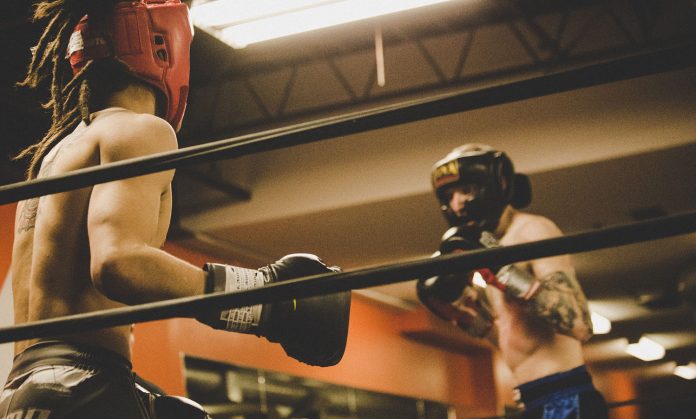
Good craft work will make or break a fight scene. Bad writing can leave a physical conflict flat on the page, while superior work will leave your reader reeling.
In an essay for Lit Hub, Jeff Bens shares what he learned about writing fight scenes while he worked on his novel, The Mighty Oak, about a fading minor league hockey enforcer.
At the top of his list, Bens says that the external physical conflict should reflect what’s going on in your character’s head, specifically the internal wounds and anguish that cause them to fight. The setting, too, should reflect your characters and their inner struggles. “If the fight takes place on an empty street, the emptiness needs to be felt as part of emotional world of the story,” Bens writes. “If the fight takes place in a ring, the insatiable emotional craving of the crowd for self-validation, for misdirected catharsis, charges the air.”
Bens also recommends using direct language, regardless of the word choice, cadence, and rhythm of your sentences. All of this should be shaped by your character’s inner life, as well. However, he also cautions that direct language doesn’t necessarily mean plain language. Evocative details within your fight scene will stick with the reader.
And of course, a great fight scene needs a payoff and resolution. “The climactic moment of a fight scene challenges the physical bodies of the characters but also it challenges and attacks the characters’ internal worlds, reshaping some part of what the reader knows the characters carry inside,” Bens writes. “A fight might physically end, but the fight scene is not resolved until the inner world of the character is felt by the reader to have shifted.”











